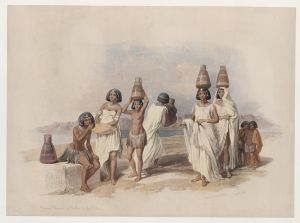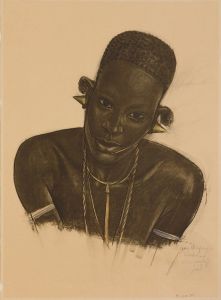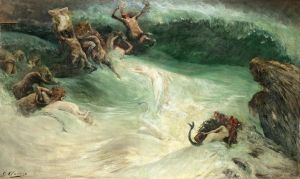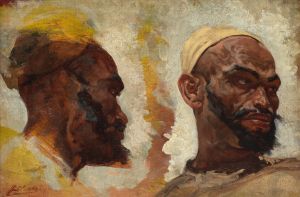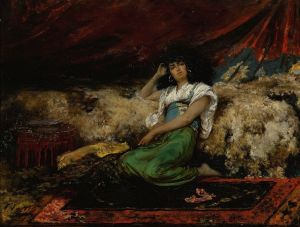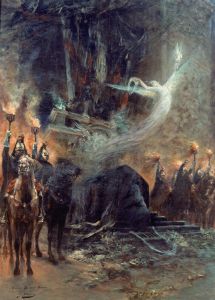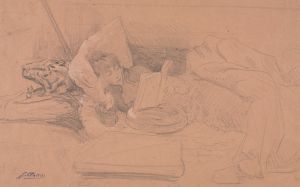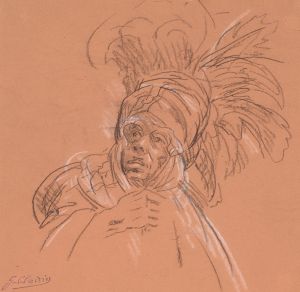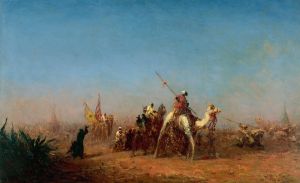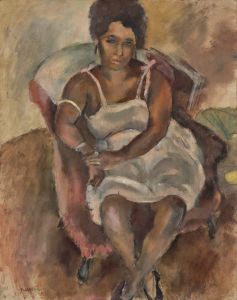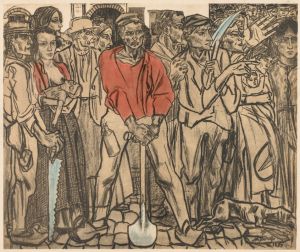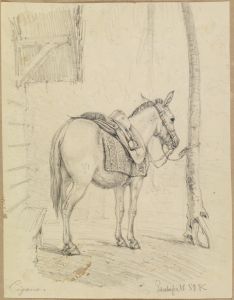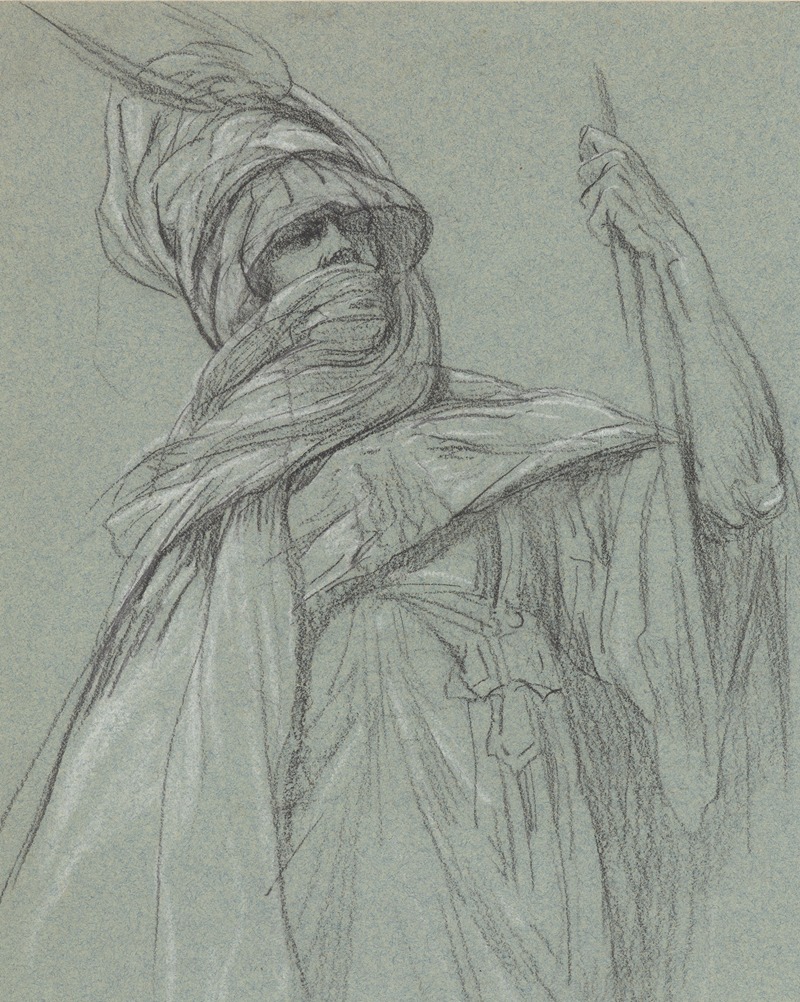
A Bedouin
A hand-painted replica of Georges Jules Victor Clairin’s masterpiece A Bedouin, meticulously crafted by professional artists to capture the true essence of the original. Each piece is created with museum-quality canvas and rare mineral pigments, carefully painted by experienced artists with delicate brushstrokes and rich, layered colors to perfectly recreate the texture of the original artwork. Unlike machine-printed reproductions, this hand-painted version brings the painting to life, infused with the artist’s emotions and skill in every stroke. Whether for personal collection or home decoration, it instantly elevates the artistic atmosphere of any space.
Georges Jules Victor Clairin (1843–1919) was a French painter and illustrator known for his portraits and Orientalist works. One of his notable paintings is "A Bedouin," which reflects his interest in the cultures and landscapes of North Africa and the Middle East, a common theme among Orientalist artists of the 19th century.
Clairin was a student at the École des Beaux-Arts in Paris, where he studied under renowned artists such as Isidore Pils and François-Édouard Picot. His artistic career was marked by extensive travels, particularly to Morocco, Egypt, and other parts of the Arab world. These journeys greatly influenced his work, providing him with a wealth of inspiration and subject matter that he would explore throughout his career.
"A Bedouin" is an example of Clairin's fascination with the exotic and romanticized vision of the East, a characteristic of Orientalism. The painting likely depicts a Bedouin man, a member of the nomadic Arab tribes known for their traditional lifestyle and deep connection to the desert. Clairin's portrayal would have been informed by his observations and experiences during his travels, capturing the essence of Bedouin life and culture through his European perspective.
The painting is characterized by its attention to detail and vibrant use of color, typical of Clairin's style. His ability to convey texture and light adds a sense of realism and depth to the work, drawing the viewer into the scene. The subject is often depicted in traditional Bedouin attire, which might include a flowing robe and a headscarf, set against a backdrop that suggests the vastness and harsh beauty of the desert landscape.
Clairin's work, including "A Bedouin," fits within the broader context of Orientalism, a movement that sought to depict the cultures of the Middle East and North Africa through a Western lens. While these works were popular in their time, they have since been critiqued for their romanticized and sometimes stereotypical portrayals of Eastern societies. Nonetheless, they remain valuable for their artistic merit and as historical documents reflecting the attitudes and interests of 19th-century European artists.
Throughout his career, Clairin exhibited his works at the Paris Salon, where he gained recognition and acclaim. His paintings were appreciated for their technical skill and the way they captured the allure of distant lands. Today, Clairin's works, including "A Bedouin," are part of various public and private collections, continuing to be studied and appreciated for their contribution to the Orientalist genre and their reflection of the cultural exchanges between Europe and the Arab world during the 19th century.





